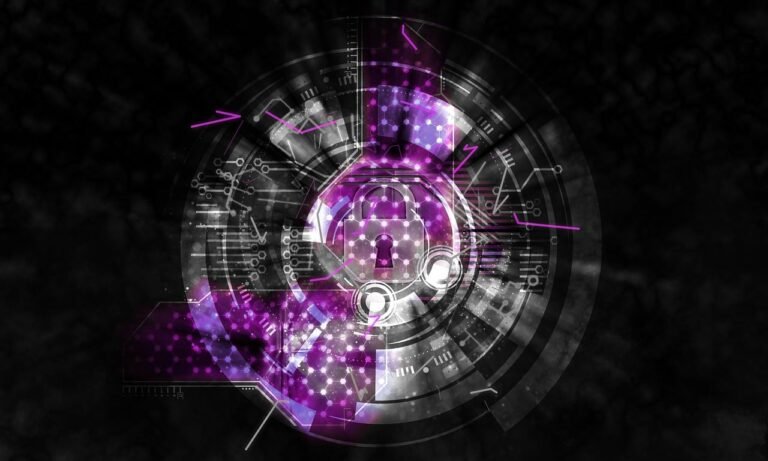
Introduction
In an age where technology permeates every aspect of our lives, from personal devices to large-scale corporate systems, cybersecurity has become a critical focus. As we increasingly rely on digital platforms for communication, finance, and personal information, the threats to our security also grow. Cybersecurity is no longer just an IT concern; it’s a fundamental aspect of our daily lives, protecting individuals and organizations from cyber threats that can lead to devastating consequences.
The Importance of Cybersecurity
- Protecting Sensitive Information:
- Personal data, financial information, and intellectual property are valuable assets that need protection. Cybersecurity measures help safeguard this information from unauthorized access and breaches, ensuring privacy and integrity.
- Preventing Financial Loss:
- Cyberattacks can result in significant financial losses for individuals and businesses. Ransomware attacks, for instance, can lock users out of their systems, demanding a ransom for access. Effective cybersecurity practices can help mitigate these risks.
- Maintaining Trust:
- Businesses rely on customer trust to succeed. A breach can damage reputation and erode customer confidence. By prioritizing cybersecurity, organizations can demonstrate their commitment to protecting customer information and maintaining trust.
- Compliance and Regulation:
- Many industries are subject to regulations that require strict data protection measures. Non-compliance can lead to hefty fines and legal consequences. Cybersecurity helps organizations meet these regulatory requirements, avoiding potential pitfalls.
Current Cybersecurity Challenges
- Evolving Threat Landscape:
- Cyber threats are becoming increasingly sophisticated. Hackers employ advanced techniques like artificial intelligence, machine learning, and social engineering to exploit vulnerabilities. Keeping up with these evolving threats requires constant vigilance and adaptation.
- Remote Work Vulnerabilities:
- The rise of remote work has created new security challenges. Employees accessing company networks from various locations and devices can introduce vulnerabilities. Ensuring secure connections and protocols is crucial in this new work environment.
- Insider Threats:
- Not all threats come from outside. Insider threats—whether intentional or accidental—pose significant risks to organizations. Employees may inadvertently expose sensitive information or, in some cases, maliciously act against their employers.
- Limited Resources:
- Many organizations, particularly small to medium-sized enterprises (SMEs), may lack the resources to implement robust cybersecurity measures. This limitation can leave them vulnerable to attacks, highlighting the need for affordable and accessible solutions.
Best Practices for Cybersecurity
- Regular Software Updates:
- Keeping software and systems updated is crucial in protecting against vulnerabilities. Regular patches and updates help close security gaps that hackers may exploit.
- Strong Password Policies:
- Encourage the use of strong, unique passwords for all accounts and implement multi-factor authentication (MFA) where possible. This adds an extra layer of security, making it more difficult for unauthorized users to gain access.
- Employee Training and Awareness:
- Conduct regular training sessions for employees on cybersecurity best practices. Educating staff about phishing attacks, social engineering, and safe browsing habits can significantly reduce the risk of human error.
- Data Encryption:
- Encrypt sensitive data both at rest and in transit. This ensures that even if data is intercepted, it remains unreadable without the appropriate decryption keys.
- Incident Response Planning:
- Develop a robust incident response plan to address potential breaches. Being prepared can help organizations respond quickly and effectively, minimizing damage and recovery time.